Gurukkals Visit Monks
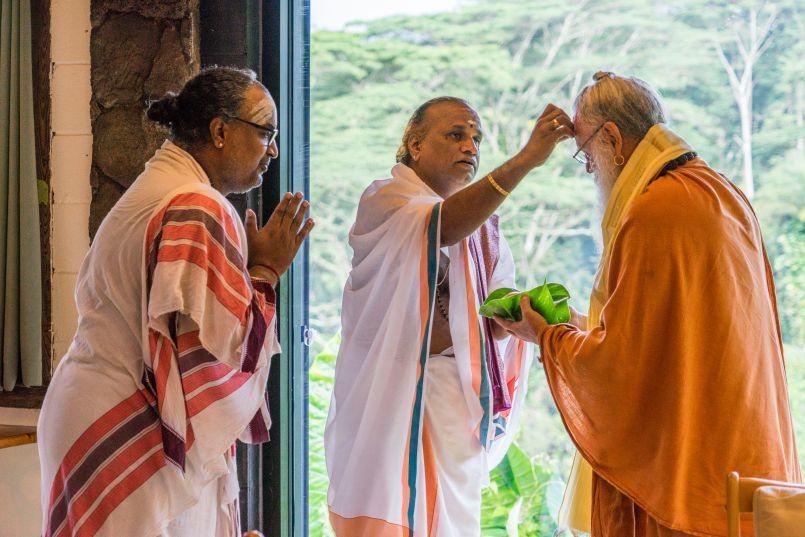
Sivasri Shanmugam Sivacharyar -- son of late Sivasri Sambamurthy Sivacharyar of Kaaligambal Temple, Chennai -- and Sivasri Sundaramurthy Sivacharyar -- principal of the Saiva Agama Pathashala -- came to the monastery recently and paid their respects to the monks. Wonderful conversations were had that detailed future plans for the Iraivan mahakumbhabhishekam and spreading the culture and tradition of Sanskrit to the next generation. These two powerful priests are working with the digitized Agama project and moving that mission forward at their centers.
We thank them profusely for visiting and uplifting us all with their wonderful vibration.
A Belated Report: Travels in Boston
A few weeks ago Acharya Arumuganathaswami and Natyam Jayanatha had traveled to Boston, Massachusetts. The two had been there to attend the World History Association conference and to visit several local temples. At the conference, Acharya spoke on a panel which focused on the presentation of Hinduism and Indian history in modern academia, particularly in relation to what appears in student text books. A common theme at the conference was a trend in academia to give a narrative voice to people's and traditions that had previously been looked at through a Eurocentric or colonialist lens.
Following the conference our two traveling monks visited the Boston Sri Kalikambal Siva Temple. There are very few Hindu temples in the Boston area, but those that do exist are thriving. Just 6 months after opening its doors, this temple was bustling with educational and devotional activity. Acharya and the temple's head priest have known each other for over 20 years. Acharya gave a talk to the group and a short presentation about our work in Hindu education. It seemed as though nearly everyone there had some sort of prior association with Kauai Aadheenam, whether through visiting or reading our books or magazines. With so much prior knowledge and familiarity the group felt like instant family. It was a wonderful respite from the academic world just experienced. Our monks then made there way to the Lakshmi temple. There just happened to be a chariot parade for the Temple's Siva Nataraja and Shakti taking place. While this was a shorter visit, it was a powerful one, as the Temple's Lakshmi shrine was scintillating with light and energy. A good way to end the journey in Boston. The next day our travelers caught their flight back towards Kauai. Aum Namah Sivaya
Approaching a Hindu Temple Deity: A Primer for Beginners
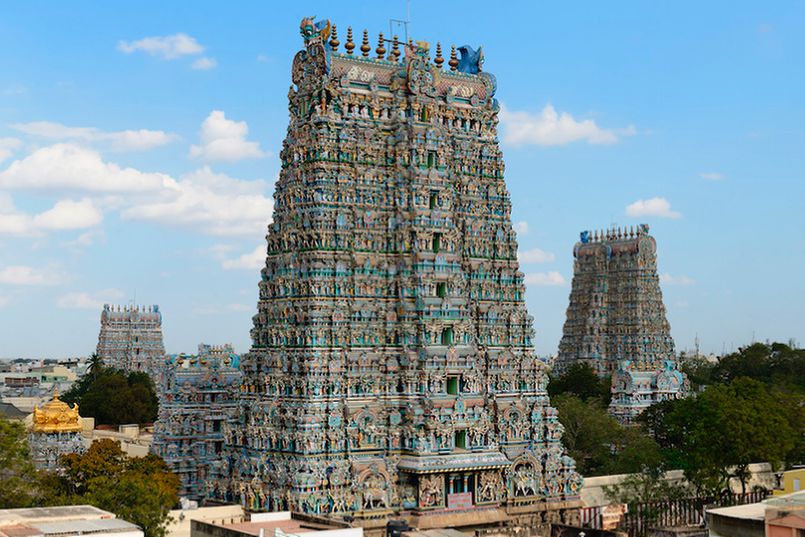
A lot of meditators to Hindu temples are not coming from traditional Hindu, or Eastern, backgrounds. Many practitioners today are coming from the yoga culture that has permeated the world. These wonderful souls seeking to find the depths of yoga practice, and its origins, make their way into the holy temples of the Hindu faith seeking to stretch their new flexible wings. With a few pointers, anyone can feel right at home at any mandir, temple, math, mut, ashram or monastery/temple complex!
Graced by Gardens

Enjoy this on-your-own paced slideshow with inspirational quotes
Our Friendly Planets
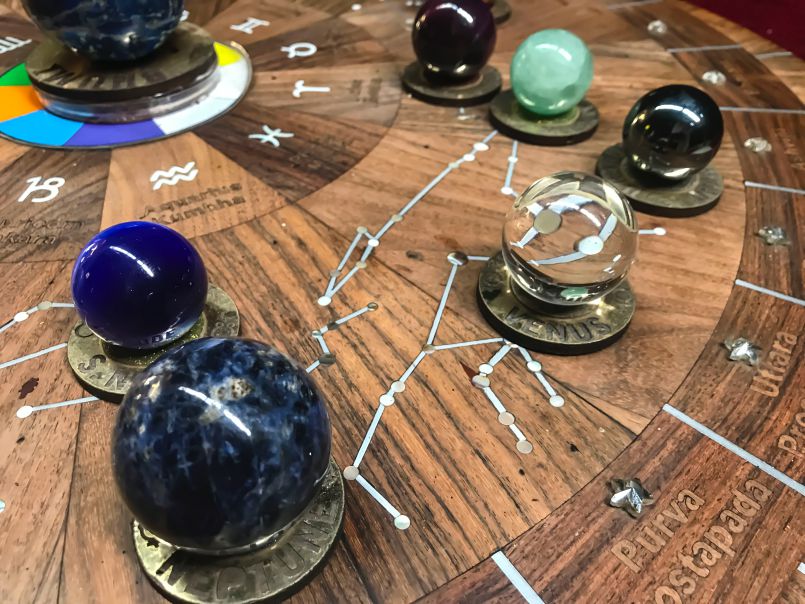
In the Hindu view, the planets are not mere celestial bodies circling the Sun. They are also divine beings. Each is like a prism, conveying subtle energy from the far galaxies, thus impacting affairs on Earth according to its unique nature and location in the sky. The ancient science of space and time that understands and maps this influence is called jyotisha (literally science of light) or Hindu astrology.
Hindu Vedic astrology is based on the basic beliefs of karma and the reincarnation of the individual soul. It is a complete science of understanding ones past, present and future patterns of experiences, as well as personality traits and character. Your horoscope is an interpretation of the positions of the stars and planets at the moment of your birth, which form the unique karmic map of your birth chart.
Astrology is a part of Vedic self-understanding. We look to the stars to see ourselves better, to discover the mysteries that lie all about us and within us. In rita dharma, that heavenly cosmic orderliness, stars are more than massive conglomerates of molecules or fiery furnaces fleeting afar. They are entities, potent presences that affect us despite their distance. There are, of course, many Hindus today who pooh-pooh such notions. "Stuff and nonsense," they will cry, "What thoughtful person can accept that stars, so remote, influence life on Earth?"
But what thoughtful person, asks the astrologer, would deny the powerful tides dragged across our planet by a faraway moon, or gainsay the not-so-subtle solar forces that are the very stuff of life here? "Ah, but go out another few thousand light years and tell us what petty influences persist," our doubter might challenge. The jyotishi (Vedic astrologer), realizing the basic East/West difference in world views, attempts to help the skeptic understand the Hindu perspective. "In Eastern thought, particularly Hinduism, we conceive of all existence including the stars and planets not as being out there, but rather in here within the consciousness of each one of us. In other words, consciousness encompasses all of creation. The outside and inside are mirror images, and the essential nature of the cosmos is not that of multitudinous distinctions but rather the many-faceted expression of a one unified Reality. Thus we do not follow the mechanistic, externalized approach typical of Western thought."
Learn more here: https://www.himalayanacademy.com/media/books/jyotisha-hindu-astrology_ei/web/ch38_53.html
The Still Sadhu
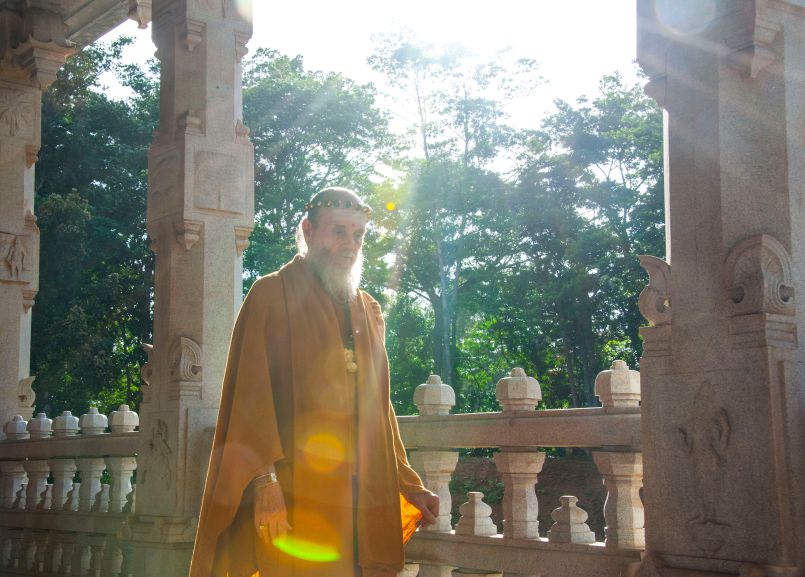
The monks schedule has entered sadhu paksha, a time of year that allows us to wander about in the early morning hours and remain alone and still. There is no mandatory roll-call at 5:30am, instead there is a mandatory call to dive within among the sacred grounds we call home. Before the sun rises, we begin our day's work and rise within the spine up to our highest potential.
This is also a good time for us to test our skills and see how we meditate without a guided group using Shum. After so many years one can use Shum intuitively and use the monthly mamsani at a different pace.
In looking through the archives to make this blog post, it becomes clear that we move so much throughout the year. Activities are never departed from our life and TAKA often reflects the various projects that we are involved in. But what sustains it all? The life-giving force behind our movement is our stillness. Like a battery on its charger, we gain power in the darkness of the morning before the city wakes and then unleash that energy right into the seva we set out to do. This dance, this sankalpa is performed without fail day in and day out, and our mission would not work without an inner fire being roused and fed with heavy loads of guru-given meditation.
So where does your day begin? Do you wake up as late as possible only to rush off feeling incomplete? The wholeness of being must be sought for in the silence within. This Self-expression must be exercised in order to live a life with meaningful permanence. All else is subject to the repetitive dual nature of prakriti. While we can not, and should not, avoid karmic law, we can arm ourselves with the virtuous qualities of the soul. We can wield the soul-nature without inner practice only so much. Eventually we need to become acquainted with our real selves.
Sloka 2 from Dancing with Siva
Aum Namah Sivaya. The monks are just wrapping their week and are heading into two days of retreat. We'll see you soon! For those who haven't checked out our youtube channel for further DWS videos, here is Sloka 2 "Where am I going, what is my path." Enjoy!
Latest Upadesha: Path To Siva – The Life of Saivites
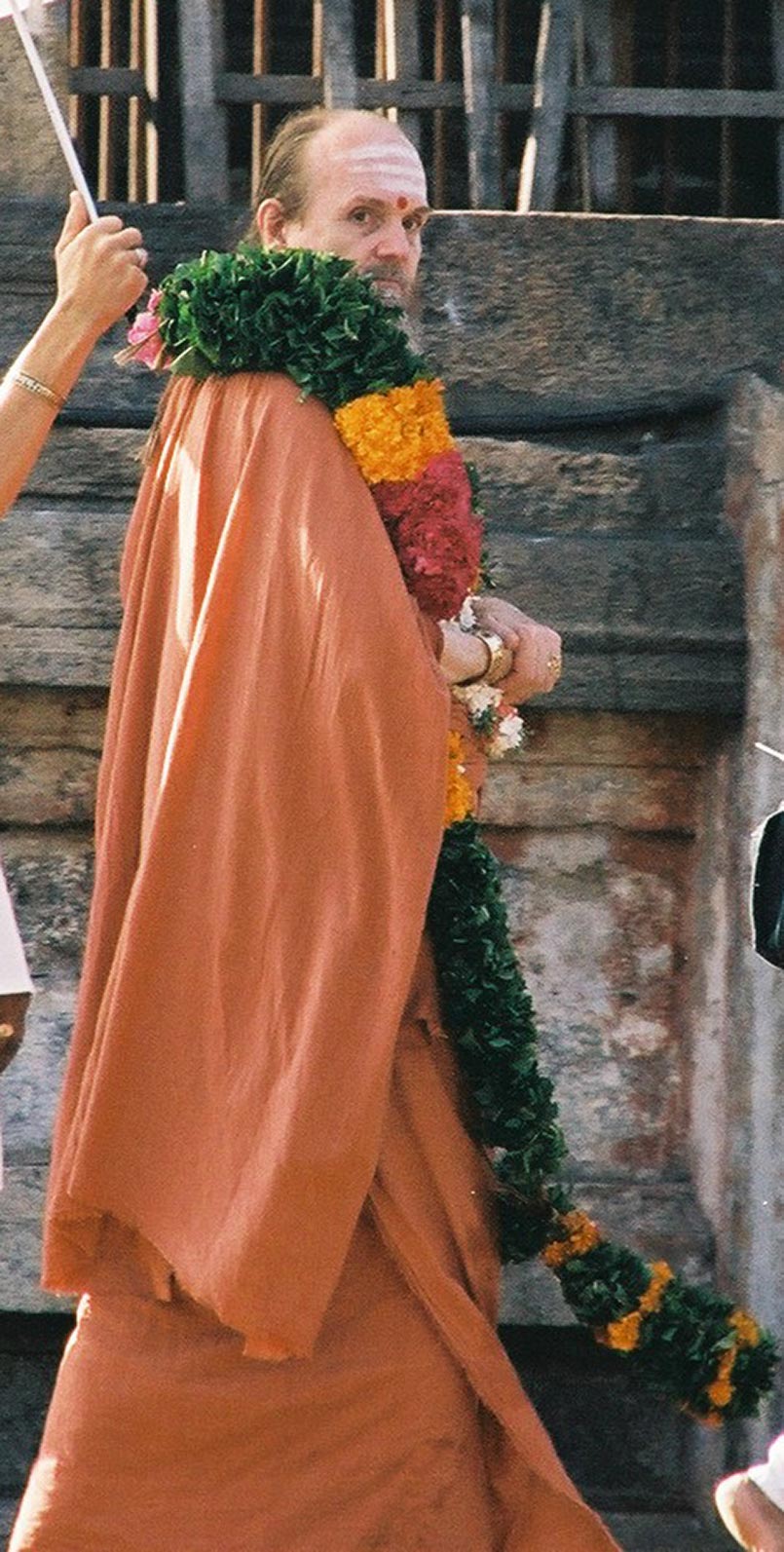
Bodhinatha's Latest Upadeshas - What is the Nature of Life for Saivites?
" Path to Siva, Lesson 19 - Every Day Is a Day of Worship" (March 6,2017)
"Stand Strong for Saivism." The nature of life for Saivites is to turn work into worship, to turn the secular into the sacred. Each day give a little extra warmth, humanness and upliftment to others. Every day is a holy day, all day long. We want to follow our religion even in our dreams. If we help someone, we're worshiping. Wherever we are, that's a place of worship. "To the Saivite Hindu all of life is sacred. All of life is religion."
Path to Siva, Lesson 19.
Click here to go to an index of all of Bodhinatha's and Gurudeva's online audio.
Tiruvalluvar Works at Midnight
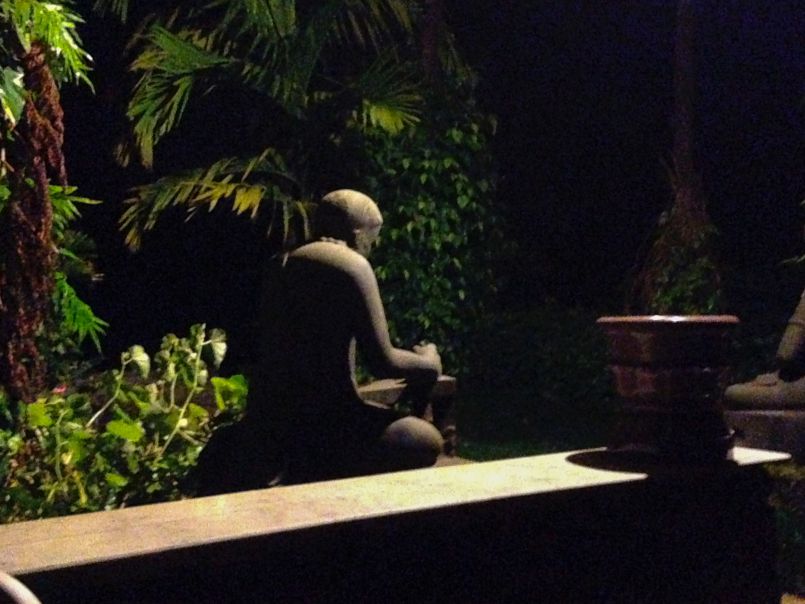
The midnight vigilee caught these shots of Tiruvalluvar writing away while the aadheenam slept. His stone image comes alive at night and seemed to be lit up and calling out his truths.
The captions above are excerpted from section 3, The Greatness of Renunciates.
Path To Siva – Who Is Siva? God Siva Is the Supreme Being
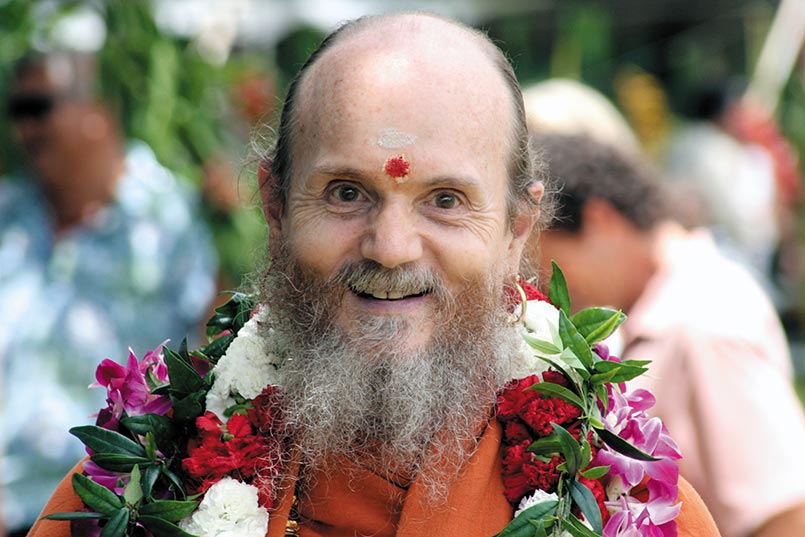
Bodhinatha's Latest Upadeshas:
"God Siva —the Supreme Being" (January 01,2017)
Lord Siva is the Supreme Being of the universe, not one of many gods. To Saivites Siva is the supreme being; to Vaishnavites Vishnu is the supreme being. The soul starts with experiencing the world. On one side the soul is pulled by veiling grace toward the world. On the inside the soul is pulled by revealing grace toward God. Resolving karma, maturing in the world, fulfilling dharma, we move toward imperturbability, realization, moksha.
Path to Siva, Lesson 11.
Click here to go to an index of all of Bodhinatha's and Gurudeva's online audio.
From Our Gurus' Teachings
Archives are now available through 2001. Light colored days have no posts. 1998-2001 coming later.
